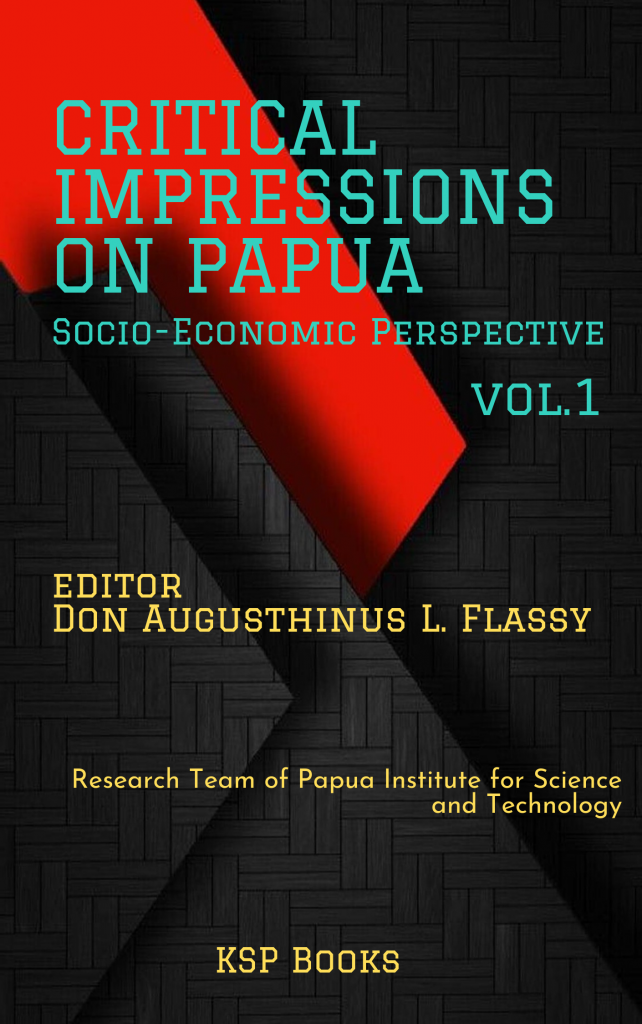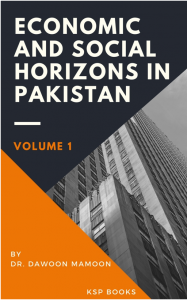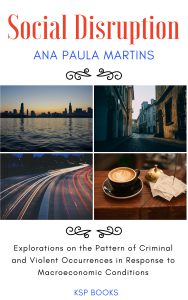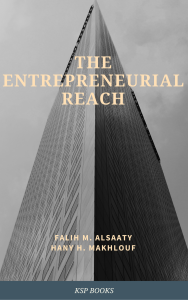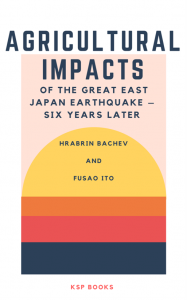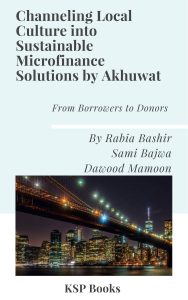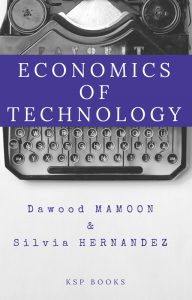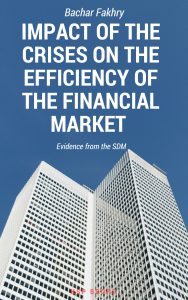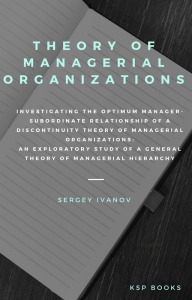Synopsis
In particular, the volume contains three chapters:
I. Evaluation of Papua provincial assets: Case study on non utilized and non optimized assets of integrated economic development zone (KAPET) of Biak
This chapter evaluates Papua provincial assets which are not utilized or not optimally utilized in Integrated Economic Development Zone (KAPET) of Biak. Through a case study analysis, direct observation, direct interview and literature studies conducted in this research, we found that the KAPET of Biak assets which also are the Papua provincial government’s assets have not been consistently well maintained and protected. Several assets were unutilized and were abandoned. Considering the great potentials of KAPET-Biak area which has cultural richness, rich resources area, strategic position in the middle of world economic growth triangle and on the hub of the global route for trading in pacific region. It would be better to develop the KAPET-Biak and its assets for further zonal developmental concept in this more global world. The provincial government and all stake holders can also develop and utilize several assets to be the part of research and educational center (LIPTEK Lab and office).
II. Tiwit forest and preservation efforts to become forest of Earth powder: A peoposal
Tiwit Forest Preservation is in need for Sponsorship: This may an action for celebrating corporate event, carbon offsetting, launching of a Corporate Social and Environmental Responsibility action: the opportunities to plant a forest as close as possible to our clients and collaborators are legion. Reforest’ Action makes it possible for us to sponsor the birth or restoration of a forest in this area and to enhance this commitment with our stakeholders.
III. Natural environment vis a vis living environment in the Papua Melanesia culture and philosophy
The title of this Chapter Natural Environment vis-à-vis Living Environment in the Culture and Philosophy of Papua Melanesia questions the Natural Environment versus Living Environment in cultural and philosophical life of the Melanesian in general and Papua in particular. In questioning that, we are confronted with three main points, first, in the daily practice of Melanesian ethnicity, especially in Papua, facing tensions that can also be called conflicts of interest between “environment” as the Natural Environment but because it is confined to foreign interests (outsiders) so it must accept the concept of the Living Environment; second, Environmental Concepts in Culture and Philosophy of Papua-Melanesia, third, Peaceful Steps as a logical consequence of the concept of sustainability. The purpose of this writing is academic and practical. The academic goals is using Structuralism and Hidden Structure theory converged with other supporting theories, bringing the compromise and action to nature in a sustainable manner. The practical purpose with respect to that is to know the concept of Papua-Melanesian emik related to the existence environment in the form of daily life behavior as well as philosophy in the form of source of life and “way of life”. Furthermore, this research also introduces what is called Papuanistics and Melanesianology. Papuanistic focuses on the languages (lingustic) of Papua in this case Melanesian-Austronesians languages and Non- Austronesian languages or the more elegant are called Papuan languages. Melanesianology focuses on Anthropology. If Papuanistics had just moved in the 1980s, Melanesianology had been going on for a long time since Melanesianist Franz Boas encouraged anthropological studies in the region in 1896. In the meantime, with an understanding of the underlying propriety, through the Department of Anthropology, the Faculty o f Social Sciences of Cenderawasih University has been launched the Papuan Anthropology as the Basic Science of the Main Lecture. It would hope to be also applying to all universities in the Land of Papua. The results of this study are revealing from the perspective that Papua Melanesia regulates its environment so that it is in harmony with the available natural environment. The Culture and Philosophy of Papua-Melanesian continues only by a balanced touch of the natural environment with the desired environment. What is more understanding can be confronted with the binary opposition method of Structural Anthropology based on the ideas of Claude Lévi-Strauss.
IV. Hidden structure in the study of Papuanistiecs and Melanesianology
Development until the late 1980s and early 1990s on embodied the initiative of a typical science as the study of Papua titled Papuanistiecs as a course of study at the Department of Southeast Asia and Oceania, Faculty of Arts, University of Leiden-The Netherlands, while Melanesianology lead anthropology has been developed since 1896 when Boas carry out research works in the region of South Pacific and the Southwest Pacific. When Papuanistiecs sounds as a specific branch of the broader Melanesianology include anthropology, the course is not closed for any other specific subject areas, especially on the natural environment as physical nature (tangible) as well as the philosophy as the inner nature (intangible). A concept of intangible or philosophy of Papua-Melanesian on Socio-Cultural structure is what being proposed in this writing work as a “hidden-structure” or ‘covered structures’. The term or this formula was by the author uses to accommodate referrals various scholars who call the social structure of Papua-Melanesian as “loosely structure” or a missing structure and also as “confusing diversity” or as confuse or chaos diverse. That, “hidden structure” is said to be so because it is hidden to those outside the system which understanding as ethics while looking for people in the system who view of understanding the relationship of emics accused loose or off and confuse or confusing is very well lightly acknowledge. Melanesianology and Papuanistiecs very well coordinated by the Sydney University and the Australian National University in Canberra by enabling the University of Papua New Guinea/UPNG in Port Moresby PNG and the University of the South Pacific/USP, in Suva-Fiji. In addition to its general purpose by making Papuanistiecs and Melanesianology as a discipline of area regional study, the special purpose of the author also is about to raise these matters in connection with the State University of Cenderawasih who have declared itself as Anthropological Study Base, then the function of Papuanistiec and Melanesianology may be of the major studies take precedence in all disciplines.
Contents
About Author
ISBN
978-605-7736-67-3
Date of Publication
December 15, 2019
File Size: 3622 KB
Length: xv + 112 pages
This work is licensed under a Creative Commons Attribution 4.0 International License.
